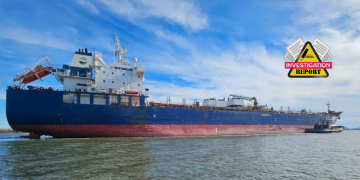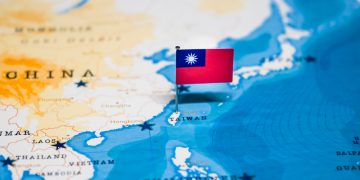Details for owners, operators and Masters of vessels on inland waters
 The UK Maritime and Coastguard Agency has issued Marine Guidance for inland waterways and categorisation of waters.
The UK Maritime and Coastguard Agency has issued Marine Guidance for inland waterways and categorisation of waters.
The UK has over 4,000 miles of inland waterways. Construction requirements and levels of safety equipment that must be carried on vessels in the UK depend on the nature of the waters in which the vessel operates. There are no national construction requirements for private pleasure vessels.
Inland waters are categorised as A, B, C or D. This includes canals, non-tidal rivers, tidal rivers, large, deep lakes and lochs, and estuaries. Inland water categorisation policy and processes are dealt with by the Navigation Safety Branch (NSB) of the Maritime and Coastguard Agency (MCA). These categories are defined and listed in Merchant Shipping Notice (MSN) 1776.
This guide explains what inland waters are, how they are categorised, how to apply for categorisation of waters, safety requirements for vessels operating on inland waters, and best practice to adopt. It is aimed at owners, operators and Masters of vessels operating in all inland waters categories.
Inland waters and how they are categorised
Inland waters’ includes any area of water not categorised as sea’ – eg canals, tidal and non-tidal rivers, lakes, and some estuarial waters (an arm of sea that extends inland to meet the mouth of a river).
| Inland waters are classified as one of four categories: |
|
Category A – narrow rivers and canals where the depth of water is generally less than 1.5 metres Category B – wider rivers and canals where the depth of water is generally 1.5 metres or more and where the significant wave height could not be expected to exceed 0.6 metres at any time Category C – tidal rivers, estuaries and large, deep lakes and lochs where the significant wave height could not be expected to exceed 1.2 metres at any time Category D – tidal rivers and estuaries where the significant wave height could not be expected to exceed 2 metres at any time |
These categorisations determine the waters not regarded as ‘sea’ for the purposes of most Merchant Shipping legislation, except that, for marine pollution legislation, ‘sea’ normally includes any estuaries or arms of the sea, and therefore tidal Category C, and Category D, waters.
| Water categorisation policy and processes are dealt with by MCA |
|
You can search a map of UK waterways on the MCA website. Find a list of waterways in the UK and their classifications on the MCA website. |
Applications for categorisation of waters
Inland waters are not regarded as sea’ for the purposes of Merchant Shipping legislation and vessels operating in categorised waters have different construction and equipment standards. Because of this, it is important that the area you conduct your business in is correctly categorised.
You can make a request for the categorisation – or re-categorisation – of a defined area of water as long as you hold an interest in the area requested.
Water categorisation matters are co-ordinated by the Hydrography, Meteorology and Ports Branch of the MCA. Applications for categorisation – or re-categorisation – are considered by the Limits Committee, working with regard to the opinion of the local Marine Office.
Further details may be found by reading UK MCA Marine Guidance




























































